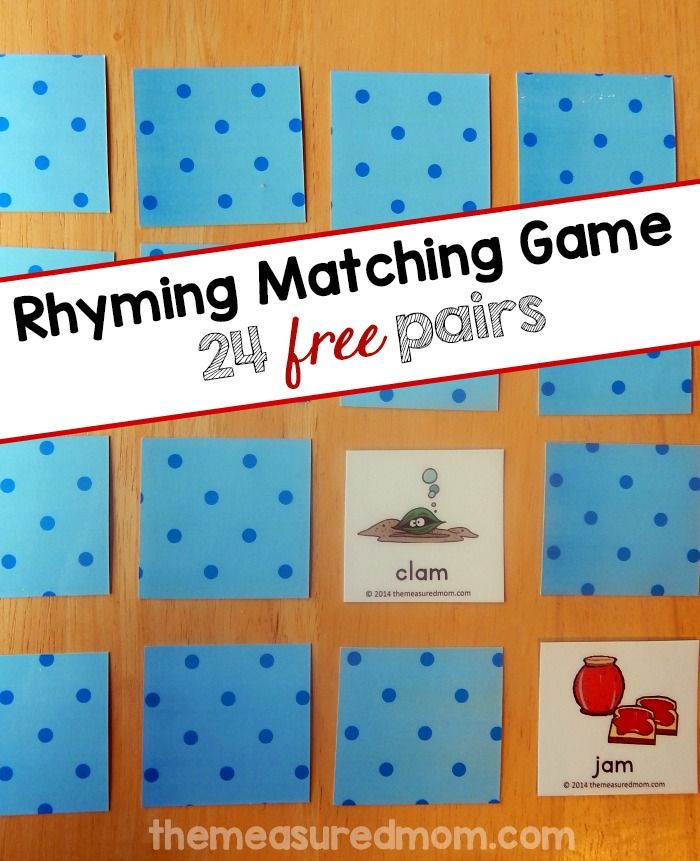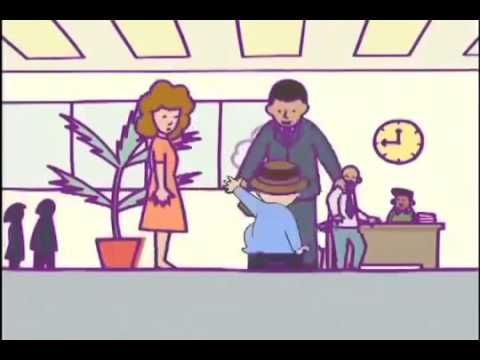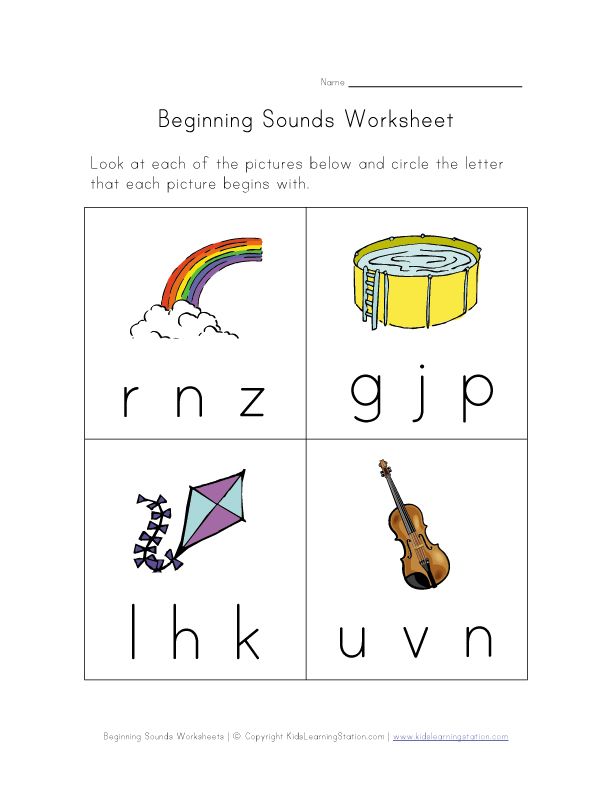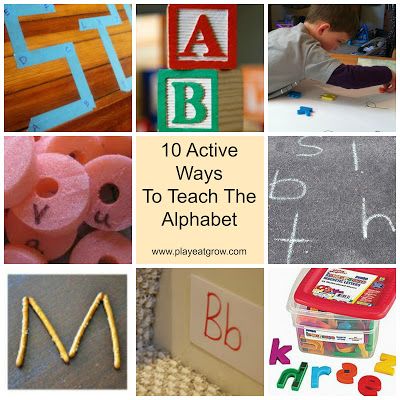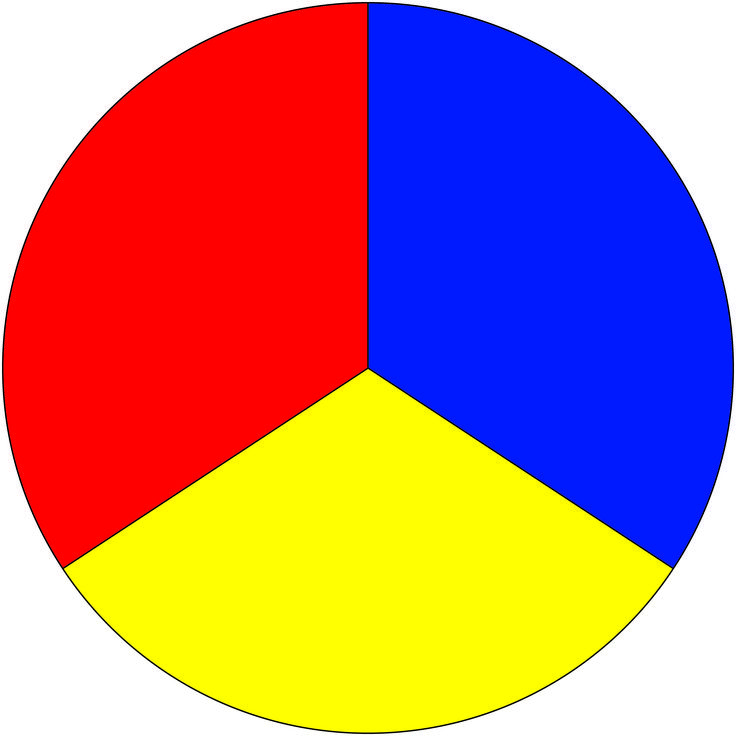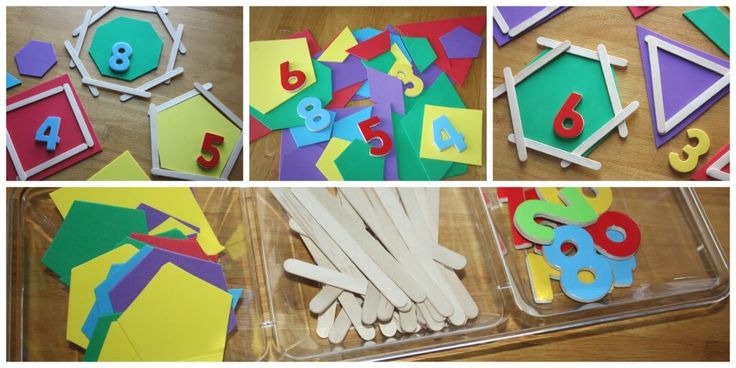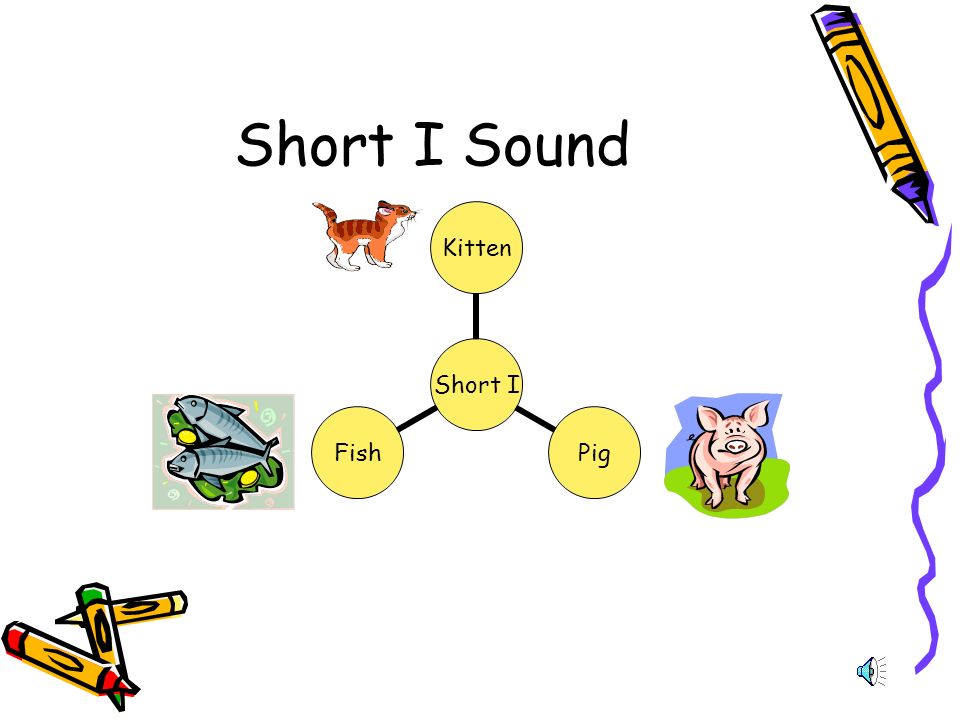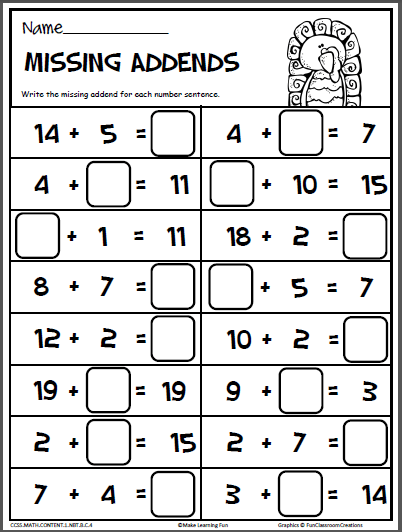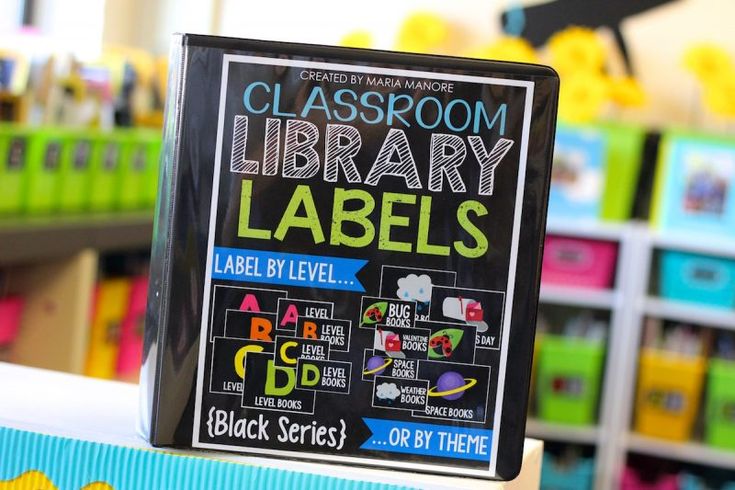Short o beginning sound words
Teach Phonics: Short o Sound — for Parents
Red Cat Reading Team Phonics
The phonics short o sound is the vowel sound in “hop,” “top,” “mop,” “tot,” “pot,” and “lot.” Other o sounds are the long o, as in “mode” or “toad,” and the double o, as in “mood.” All these different sounds that one letter can make can be confusing for a new reader! The short o sound is the easiest to understand (and teach!) so start there.
It’s usually easiest for kids to get some practice hearing the short o sound at the beginning of words.
Short o words list:
- octopus
- olive
- ox
- otter
- ostrich
- on
- odd
- of
- onto
- orange
Try reading up on some of these animals, watching videos about them, or tasting olives and oranges. Listen to the words together and point out to your child the letter that makes the short o sound.
Short
o CVC WordsOnce you’ve practiced together a bit with the words that begin with short o, move on to some simple words with short o sounds in the middle. “Consonant-vowel-consonant” or “CVC” words are great for this. There are lots of short o CVC words, too! Have fun with phonics time! Make learning short o words a fun experience for you and your child.
Short o CVC words list:
- hop
- mop
- pot
- lot
- not
- rot
- cop
- top
- bot
- job
Short
o Sound Phonics LessonWatch our Short o Sound video with your young ones, and check out the rest of the lesson here!
Kids Learn to Read the Fun & Fast Way with Red Cat Reading books!
Get Your Free Account
Short
o Phonics ActivitiesPlay Octopus TagThis is a fun and active game to play with a group of kids. Try it with your crew! Choose a large defined area like a yard for the kids to run across. First, have one child be the octopus. All the other kids line up on one side; these are the “fish.” Together, all the “fish” shout, “Octopus, octopus, ah, ah, ah!” using the short o sound. All the “fish” run across the yard, trying to get to the other side without being tagged. The “octopus” tags as many people as he or she can. Anyone who is tagged becomes a “crab.” The “crabs” help the octopus to tag people, but must keep one foot planted at all times. The “fish” go back and forth until everyone has been tagged. The last person not tagged gets to be the octopus next round. This is a great activity for active kids who learn best while moving!
The “fish” go back and forth until everyone has been tagged. The last person not tagged gets to be the octopus next round. This is a great activity for active kids who learn best while moving!
Short o Word Drawing
If your child likes to draw, this is the activity for them! Give them free creative reign to draw (or color) some short o words. Take a blank sheet and write the word in large letters at the bottom of the page. Give your child crayons or markers and let them go to town! Here are some good words to draw:
- dog
- pot
- mop
- log
- hop
- frog
Read the Dr. Seuss Classic Hop on Pop
This book is a classic for a reason! It is a great book for teaching the short o
sound (as well as the concept of rhyming). You could also read the book Fox in Socks together, another classic that highlights short o sounds. The silly rhymes and pictures in Dr. Seuss books are so engaging to kids that they don’t even realize they are learning. After reading the story for a few days in a row (maybe each night before bed?), you could try leaving “blanks” for your child to fill in. For instance, you could say “hop on….” and wait for your child to complete, “pop!”
The silly rhymes and pictures in Dr. Seuss books are so engaging to kids that they don’t even realize they are learning. After reading the story for a few days in a row (maybe each night before bed?), you could try leaving “blanks” for your child to fill in. For instance, you could say “hop on….” and wait for your child to complete, “pop!”
Any books targeting the short o sound are great! Rhyming songs are another fun way to learn. Try both and see what works best for your child.
Kids Learn to Read the Fun & Fast Way with Red Cat Reading books!
Get Your Free Account
'Short O' Words A page of words that start with the short O sound - in picture dictionary format. 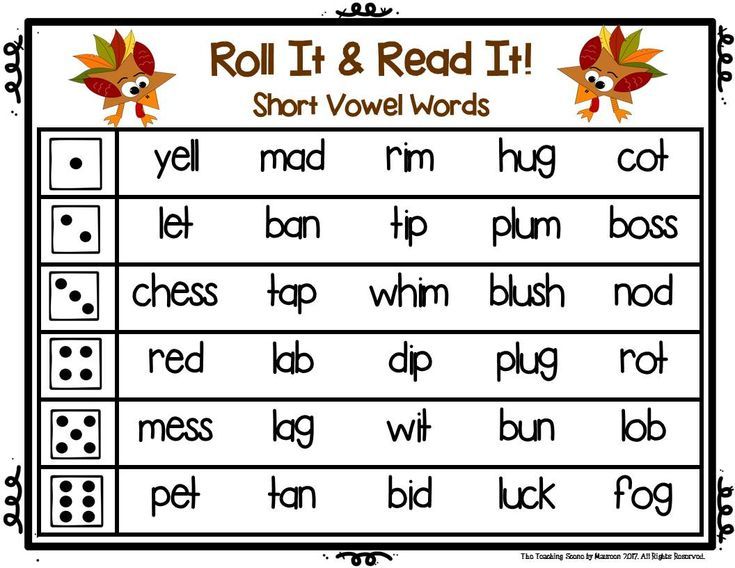 |
Words That Start With the Letter O (short o) A tiny, printable book about simple words that start with O (short o) -- for early readers and writers. The book has 2 pages to print and makes 8 pages for the student to cut out, color, and write in. The words are: octagon, octopus, olive, ostrich, otter, ox, and "What else starts with o? |
Match 'Short O' Words Match 10 words that have the short O sound. The words are dog, pot, dolphin, mop, moth, sock, robin, frog, doll, log. Or go to the answers. |
Short O Word Wheel Make a wheel about the words containing a short "o" sound using this 2-page print-out; it consists of a base page together with a wheel that spins around. When you spin the wheel, words containing a short "o" sound appear, including dog, mop, dot, doll, moth, robin, mom, frog, box, sock, log, and pot. The student then writes down the words. |
Circle Words that have a Short 'O' Sound Circle 10 words that have a short O sound. 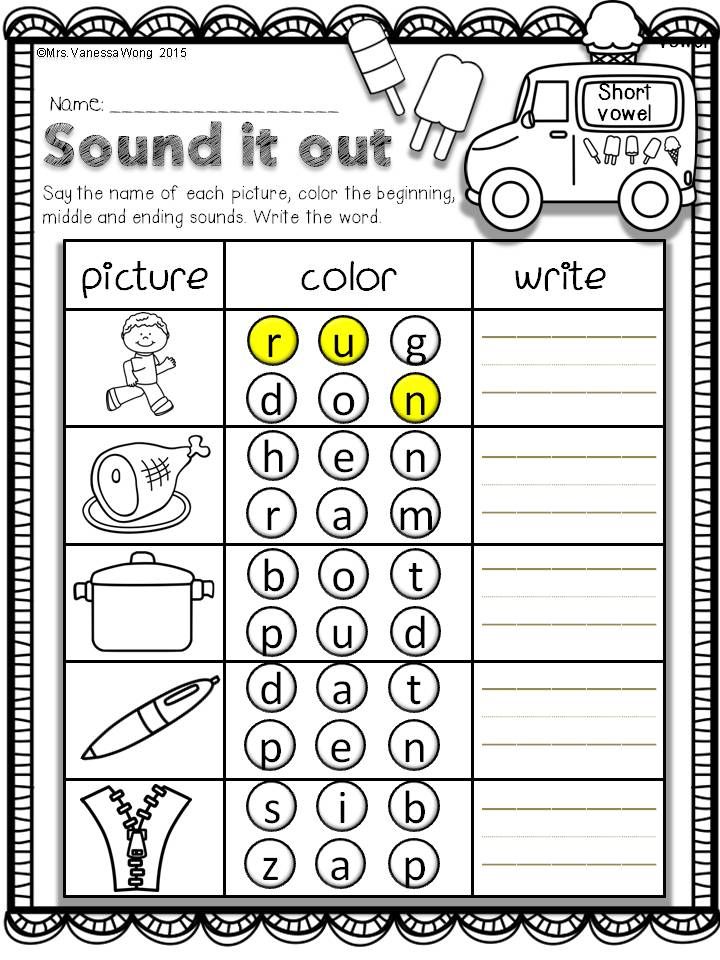 The words are dog, mop, lollipop, knot, doll, moth, log, sock, dolphin, frog. Or go to the answers. The words are dog, mop, lollipop, knot, doll, moth, log, sock, dolphin, frog. Or go to the answers. |
Short "O" Phonics Worksheet: Multiple Choice Each picture has three words that describe it. Choose the word that has a short "o" sound. The short "o" sound is the "ah" sound in on, hop, stop, rock, and hot. Or go to the answers. |
Write Eight Words That Have a Short O sound Find and write words that have a short O sound. Sample answers: Bob, jog, hot, odd, pop, Ron, soft, song. |
Circle the Correct Spelling of Short O Words Circle the correct spelling of the words that have a short o sound, and then color the picture of the word. The words are mop, pot, sock, dog, frog, log, robin, dolphin, moth, doll. |
Short O Spelling Word Questions Use the list of 'short o' spelling words to answer simple questions. Words: cob, dog, drop, fox, hop, on, pot, rock, sock, song, top. 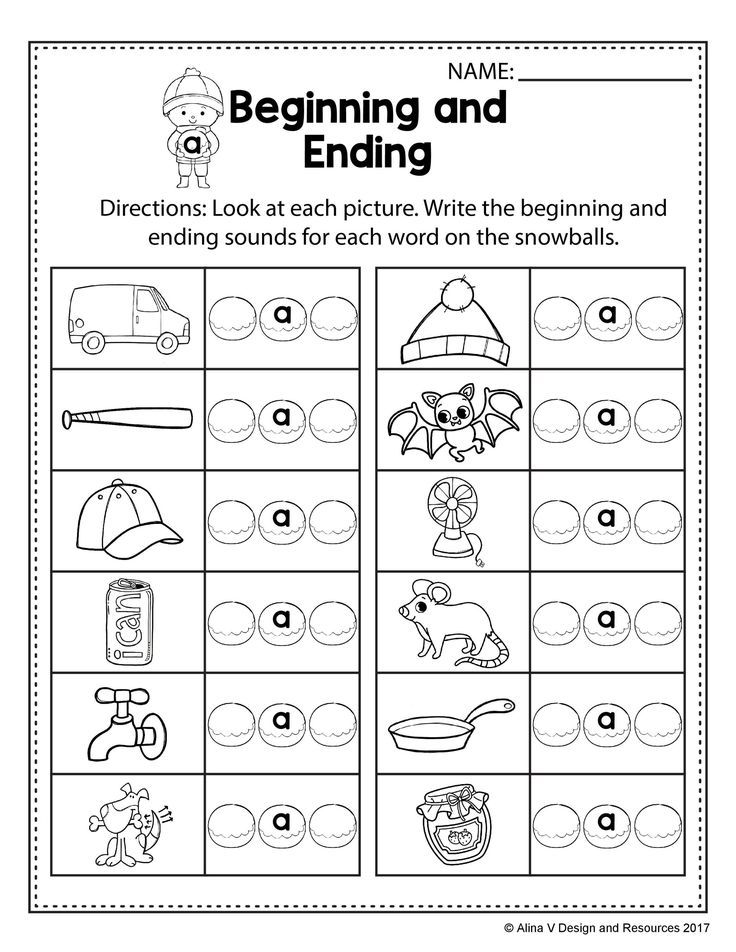 Or go to the answers. Or go to the answers. |
Missing Letters in Words with a Short O Sound Find the missing letters in short o words, and then color the picture of the word. The words are pot, dot, log, dog, mop, moth, frog, dolphin, sock, doll. |
Unscramble Words with a Short O Sound Unscramble the short O words, and then color the picture of the words. The words are mom, box, pot, dog, log, stop, sock, robin, doll, mop. |
Phonetic analysis of the word. What it is? How to do it? Examples
What is phonetic analysis
Phonetic , or sound-alphabetic, word analysis is an analysis of the sounds and letters that make up this word.
There are 33 letters in Russian, from which we compose words and write them down on paper.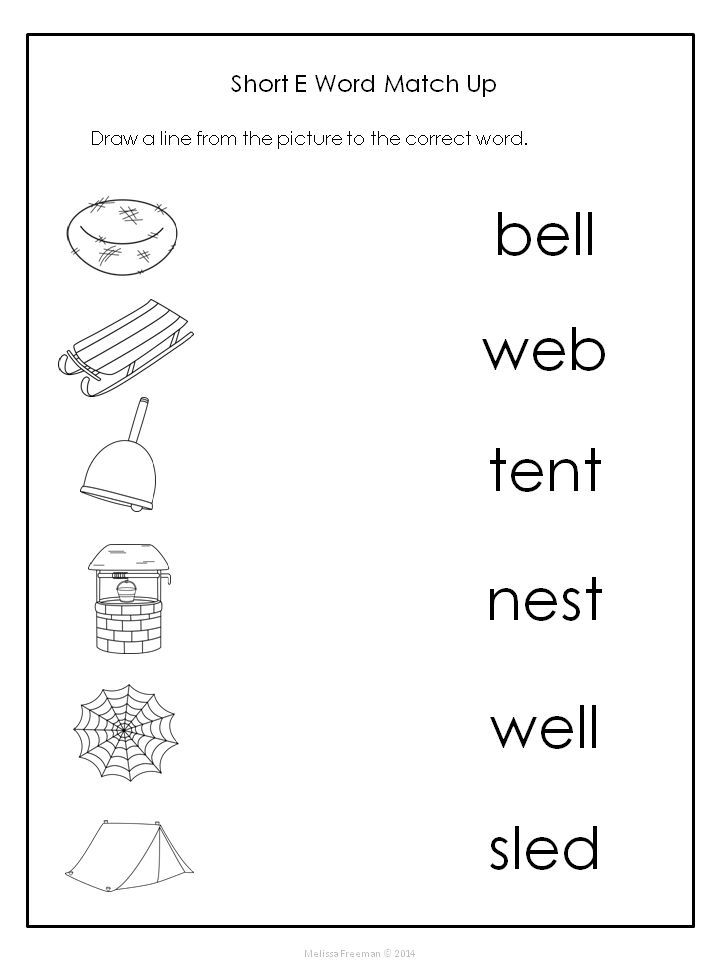 When we pronounce a word, we hear sounds - this is how the letters in its composition sound. In some words, the same letter can mean two sounds at the same time or not sound at all. This is where sound-letter analysis comes in handy: it is needed so that we can analyze sounds and letters, write correctly, and also pronounce words.
When we pronounce a word, we hear sounds - this is how the letters in its composition sound. In some words, the same letter can mean two sounds at the same time or not sound at all. This is where sound-letter analysis comes in handy: it is needed so that we can analyze sounds and letters, write correctly, and also pronounce words.
Demo lesson in Russian
Take the test at the introductory lesson and find out what topics separate you from the "five" in Russian.
How is the phonetic parsing of a word done?
Full transcription of the word.
Vowel sounds: stressed or unstressed, which letter is indicated.
Consonants: voiced, sonorous or voiceless, paired or unpaired; hard or soft, paired or unpaired; which letter is indicated.
The total number of letters and sounds.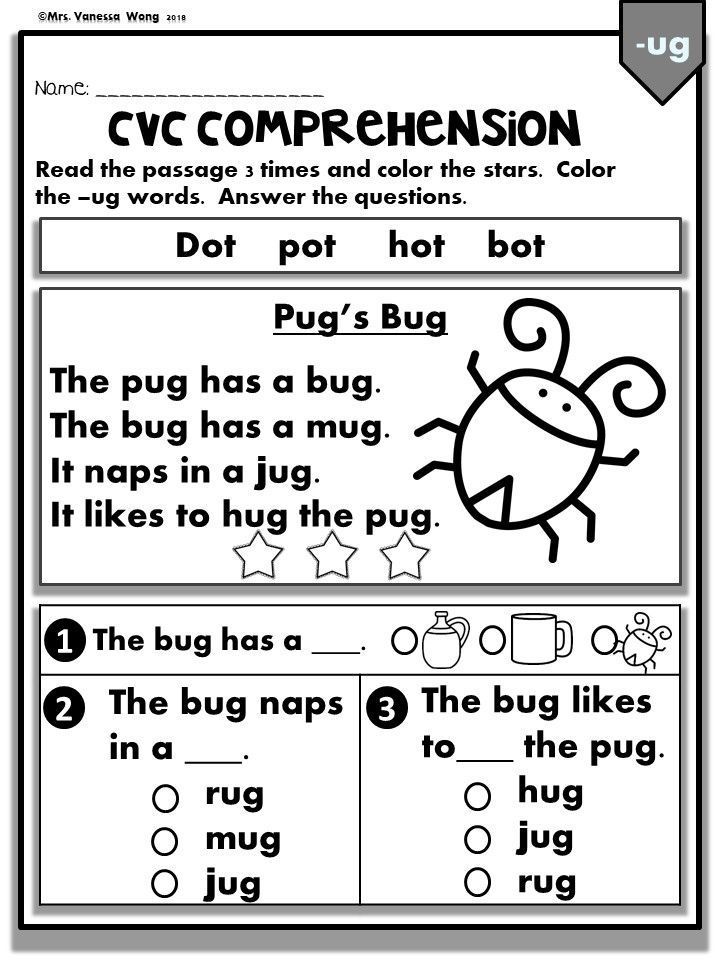
You can disassemble words by sounds and letters orally or in writing. These methods are slightly different from each other, so let's consider each one separately. We write down the word and all the sounds that are included in it.
Syllables and stress. We count and write down the number of syllables in a word, we denote the one on which the stress falls.
Sounds. From the next line in a column, we rewrite all the letters in the order in which they appear in the word. Opposite each of them we record the sound and enclose it in square brackets.
Vowel sounds. Next to each vowel we write whether it is stressed or unstressed. And then we indicate what letter it is designated.
Consonants.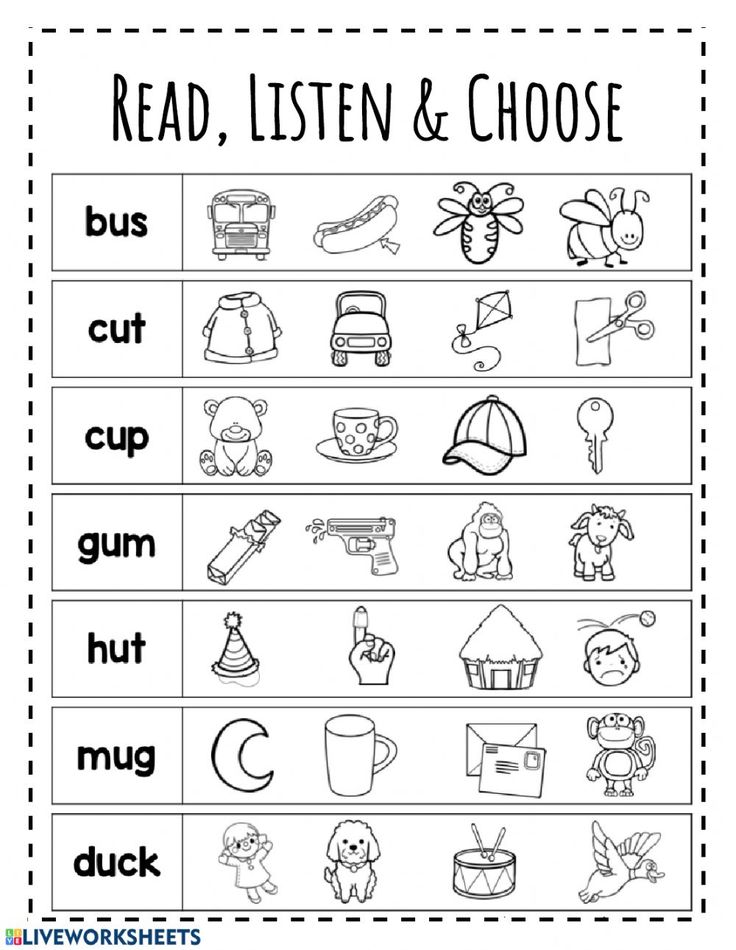 Next to each consonant, indicate whether it is voiced or voiceless. Further - paired or unpaired in deafness-sonority. After that, we write, hard or soft sound, and then - paired or unpaired in terms of softness-hardness. At the end, you need to indicate which letter denotes the sound.
Next to each consonant, indicate whether it is voiced or voiceless. Further - paired or unpaired in deafness-sonority. After that, we write, hard or soft sound, and then - paired or unpaired in terms of softness-hardness. At the end, you need to indicate which letter denotes the sound.
Number of letters, sounds. We count and write down the number of letters and sounds in a word.
Now let's use this algorithm with examples.
Example No. 1. Written phonetic analysis of the verb search
Search [abysk'ivat'] - 4 syllables, 2nd stressed.
o - [a] - ch., unstressed.
b - [b] - acc., sound. couple, tv par.
s - [s] - ch., shock.
s - [s] - acc., deaf. couple, tv par.
k - [k'] - acc. , deaf. steam, soft par.
, deaf. steam, soft par.
and - [and] - Ch., unstressed.
c - [c] - acc., sound. couple, tv par.
a - [a] - Ch., unstressed.
t - [t'] - acc., deaf. steam, soft par.
b — [–]
10 points, 9 stars
Example No. 2. Written phonetic analysis of the adjective spring
Spring [v'is'en':y'] - 3 syllables, 2nd stressed.
in - [in '] - acc., sound. steam, soft par.
e - [i] - gl., unstressed.
s - [s'] - acc., deaf. steam, soft par.
e - [e] - ch., percussion.
n - [n':] - acc., sonorn. unpaired, soft par.
and - [and] - Ch., unstressed.
th - [th'] - acc., sonorn. unpaired, soft unpaired
8 points, 7 stars
Example No.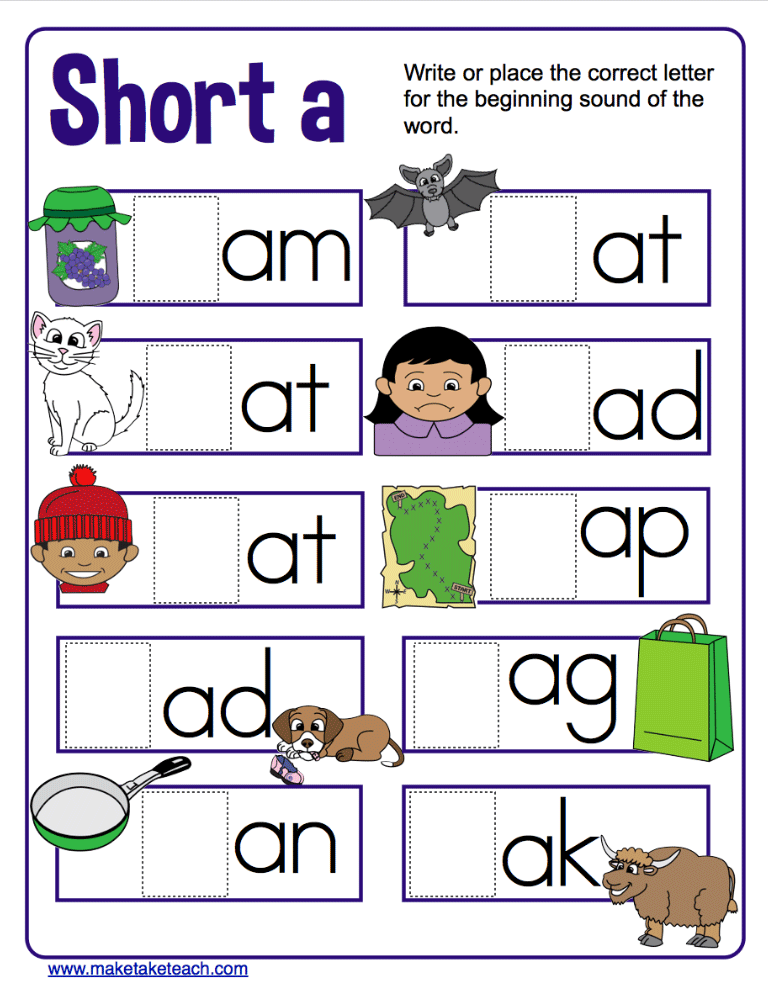 3. Written phonetic analysis of a noun professor
3. Written phonetic analysis of a noun professor
Professor [praf'es:ar] - 3 syllables, 2nd stressed.
p - [n] - acc., deaf. couple, tv par.
r - [r] - acc., sonorn. unpaired, tv. par.
o - [a] - ch., unstressed.
f - [f'] - acc., deaf. steam, soft par.
e - [e] - ch., percussion.
s - [s:] - acc., deaf. couple, tv par.
o - [a] - ch., unstressed.
r - [r] - acc., sonorn. unpaired, tv. par.
9 points, 8 stars
Free English lessons with a native speaker
Practice 15 minutes a day. Learn English grammar and vocabulary. Make language a part of life.
Sample oral phonetic analysis
If you need to do sound-letter analysis orally, follow this algorithm:
-
Syllables and stress.
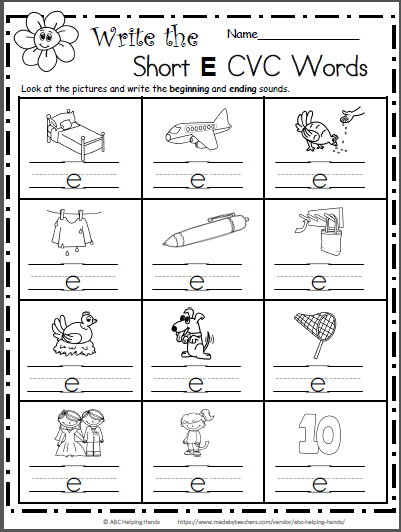 Count and name the number of syllables in a word, indicate the one that is stressed.
Count and name the number of syllables in a word, indicate the one that is stressed. -
Vowel sounds. Name the vowels in the order in which they sound in the word. For each of them, determine whether it is percussion or unstressed. Then specify the letters with which they are indicated.
-
Consonants. For each of the consonants, determine whether it is voiced or voiceless, and then - paired or unpaired according to deafness-voicedness. After that, establish whether the sound is hard or soft, as well as paired or unpaired in terms of softness-hardness. At the end of the analysis of each of the consonants, specify which letter it is designated in the word.
-
Number of letters, sounds. Count and name the number of letters and sounds in a word.
Let's practice oral phonetic analysis on the example of the same words that we have analyzed above.
Example No. 1. Oral phonetic analysis of the verb search
2. Vowels:
first - unstressed [a], marked with the letter about ;
second - shock [s], designated by the letter s ;
third - unstressed [and], marked with the letter and ;
fourth - unstressed [a], designated by the letter a .
3. Consonants:
[b] - voiced double, solid double, marked with the letter b ;
[s] - deaf double, solid double, marked with the letter from ;
[k'] - deaf double, soft double, marked with the letter to ;
[c] - voiced double, hard double, marked with the letter in ;
[t'] - deaf double, soft double, marked with the letter t ;
letter ь does not represent sound.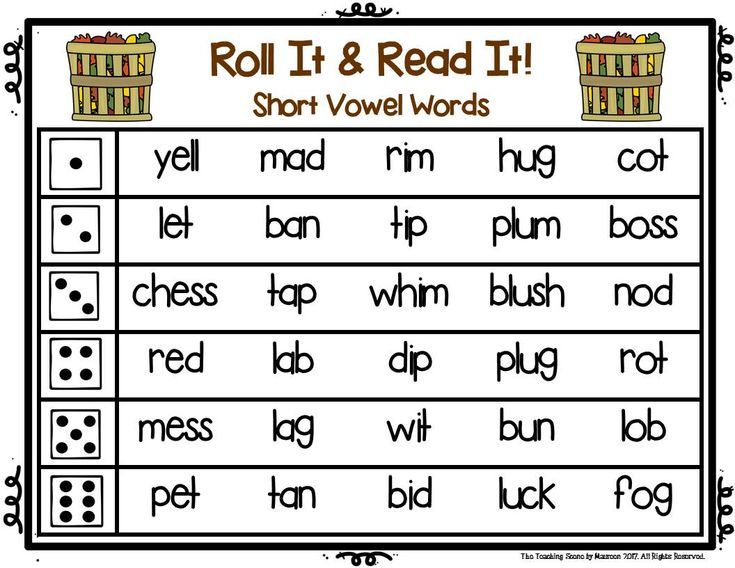
4. In the word search 10 letters and 9 sounds.
Example No. 2. Oral phonetic analysis of the adjective spring
2. Vowels:
the first is unstressed [i], marked with the letter e ;
second - shock [e], marked with the letter e ;
third - unstressed [and], marked with the letter and .
3. Consonants:
[v'] - voiced double, soft double, marked with the letter in ;
[s'] - deaf double, soft double, marked with the letter from ;
[n'] - voiced unpaired (sonor), soft paired, marked with the letter n . The second n does not form a sound in a word;
[d'] - voiced unpaired (sonor), solid unpaired, marked with the letter and .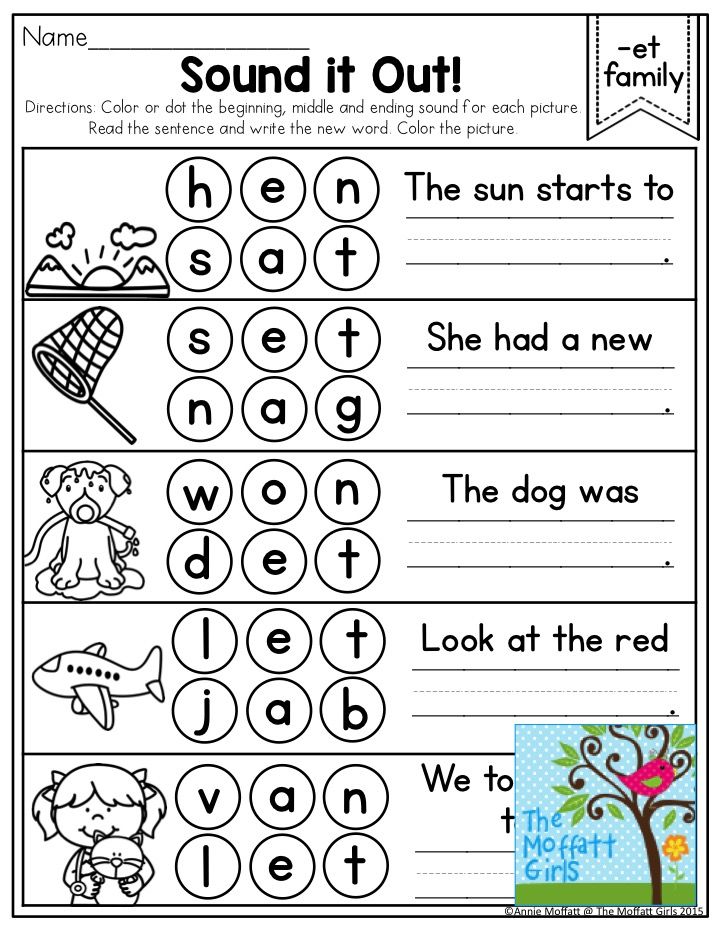
4. The word spring has 8 letters and 7 sounds.
Example No. 3. Oral phonetic analysis of the noun professor
2. Vowels:
first - unstressed [a], marked with the letter about ;
second - shock [e], marked with the letter e ;
the third is unstressed [a], designated by the letter o .
3. Consonants:
[p] - deaf double, hard double, marked with the letter p ;
[p] - voiced unpaired (sonor), solid paired, marked with the letter p ;
[f'] - deaf double, soft double, marked with the letter f ;
[s] - deaf double, solid double, marked with the letter with . The second from does not form a sound in a word;
[p] - voiced unpaired (sonor), solid paired, marked with the letter p .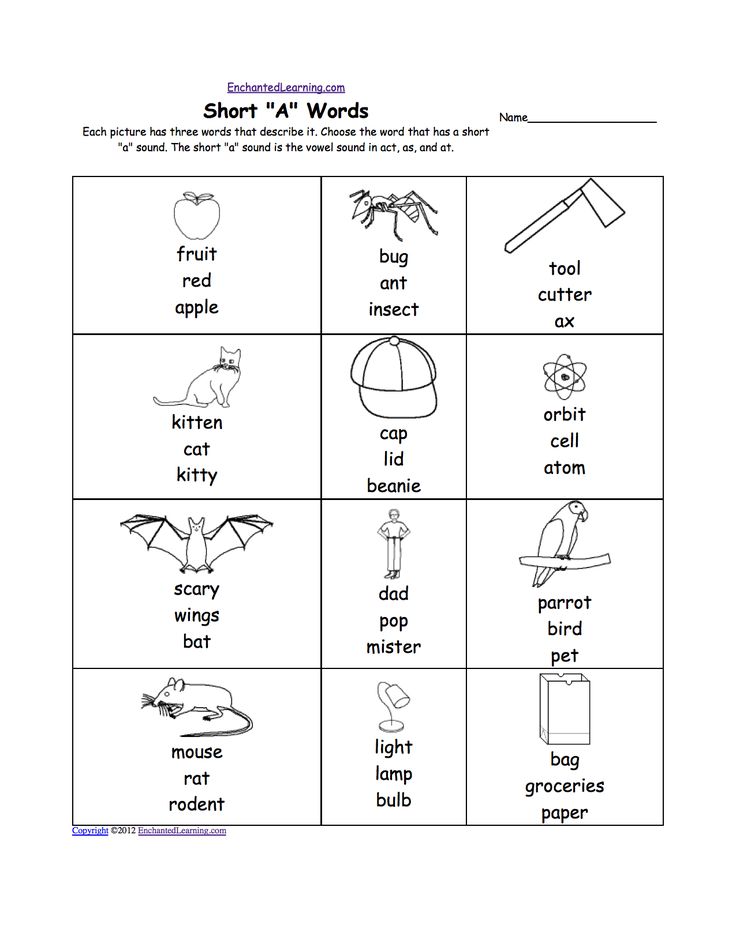
4. The word professor has 9 letters and 8 sounds.
Test yourself
Let's find out how well you understand what phonetic parsing is. Below you will find three tasks with which you can practice this skill.
Task 1
Disassemble the following words according to their sound composition: busy, guest, vacancy, pronounce, speaking.
Task 2
Perform oral phonetic analysis of words: box, hospital, go, union, marine.
Task 3
Read the short text below and make a written phonetic analysis of all the nouns in it.
We wandered in the forest in spring and observed the life of hollow birds: woodpeckers, owls. Suddenly, in the direction where we had previously planned an interesting tree, we heard the sound of a saw. It was, we were told, cutting firewood from deadwood for a glass factory.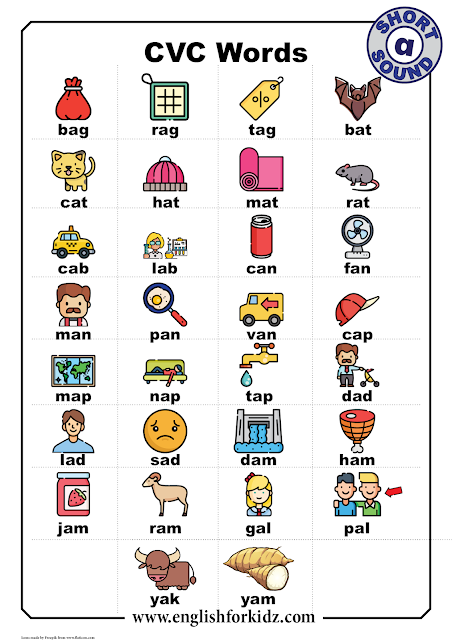
For the first time, students start doing phonetic analysis of words in the 3rd grade of elementary school. Over time, tasks in the lessons become more complicated, so it is important to understand the topic in time. If after reading this article you still have questions, we invite you to the Skysmart online Russian language school for knowledge. In the classroom, the teacher will tell you what a phonetic (sound-letter) analysis of a word is and how to do it correctly in order to increase the grade at school.
Article "Phonetic analysis of the word in the lessons of the Russian language in primary school"
The question of sound analysis is one of the the most difficult in the primary grades. First question about preliminary sound exercises in Russian methodology (method of teaching reading) was delivered by Ushinskiy K. D.
Founder of the sound method in Russia considered it necessary to develop speech hearing in children, the ability to hear individual sounds and their sequence in words.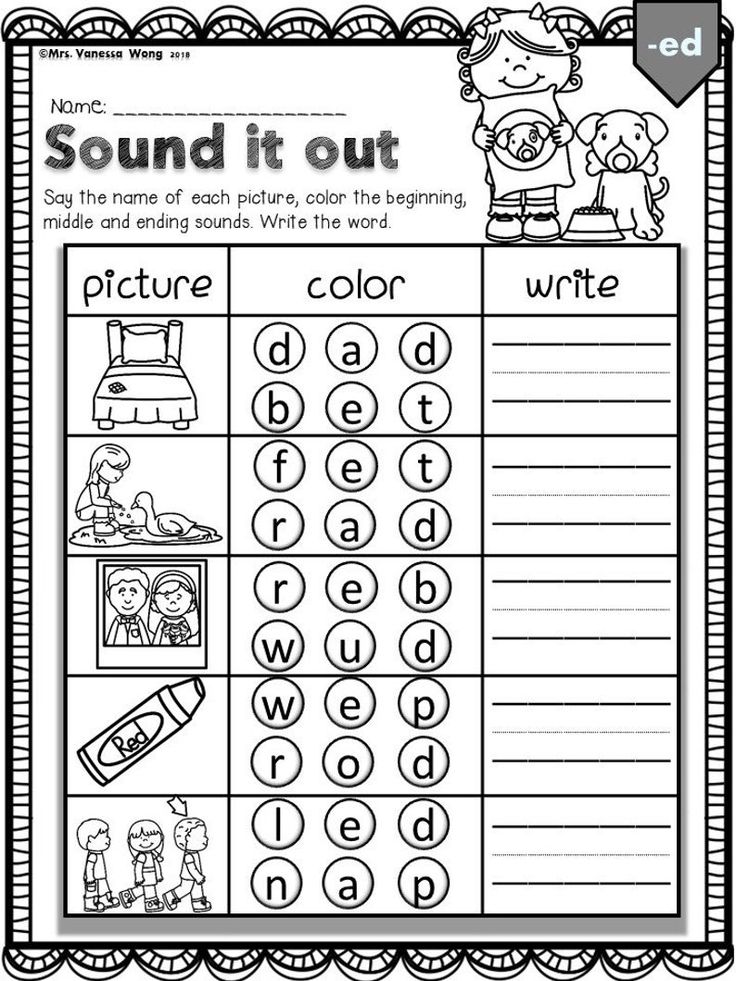
Phonetic analysis - main view exercises that develops phonetic students' abilities.
According to D.B. Elkonin, phonemic (sound) analysis in its original form is establishing a sequence of phonemes (sounds) in full word [Elkonin D.B. -1976. - P.48] .
phonetic (sound) and phoneticographic (sound-letter).
The purpose of the actual audio analysis is is a characteristic of the sound structure of a word without referring to letters. The actual soundtrack students perform in the preparatory period literacy training. In the transition to the study of letters, as teaching practice shows, sound parsing is completely excluded from use.
We think audio parsing can be used throughout the course language in the lower grades and even applied as a special kind of phonetic exercises in subsequent training.
First, this kind of phonetic analysis convinces that with sounds can work without letters, and this is very important so that free the student from reassessing the role of the letter.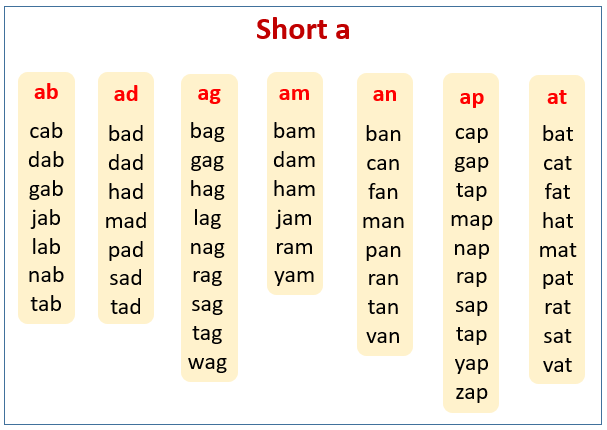
Secondly, the ways of conscious sound analysis, formed without relying on letters, educate the student's attitude to matter language like some a reality with which one can perform its own special actions and which involves specific means of controlling performing these actions.
Consider and analyze programs and textbooks on the Russian language of various educational systems.
Analysis of the program by T.G. Ramzaeva (educational system “Classical elementary school”) shows that they are being nominated the following requirements for the skills of students: to produce analysis by dividing words into syllables, determine stressed syllable, a sequence of sounds and letters in words like horse, owl, swift (grade 2).
In grade 4, the program offers conduct sound-letter analysis systematically in order to develop the skills of error-free writing words and developing spelling skills. For analysis, words like boat are taken, school, area.
For analysis, words like boat are taken, school, area.
In the textbook of Ramzaeva T.G. for grade 3 the order of sound-letter parsing is proposed words on the flyleaf:
1. Write a word, put an accent mark.
2. Determine how many syllables are in the word.
3. How many vowels and how many consonants?
4. Which sound represents consonants: voiced or voiceless, soft or hard.
Sample entry:
Ice floe - 2 syllables, 6 sounds, 7 letters; 2 vowels, 4 consonants, [l] - voiced, soft; [d] - sonorous, soft; [n] - voiced, solid; [to ]- deaf, hard.
As you can see, under phonetic analysis sound-letter analysis is understood.
Compilers of the textbook Russian language 2. class Buneev R.N., Buneeva E.V., Pronina O.V. offer such an order of sound-letter word analysis:
1. Read the word, put the stress.
2. Divide the word into syllables.
3. Read the stressed syllable.
4. Read unstressed syllables.
5. Name the sounds, what letters they are marked.
6. Describe the sounds.
7. Count, how many sounds in a word , how many letters
In this system of education “School 2100” according to the program of the Buneevs R.N. and E.V. in the period literacy children learn to pronounce sounds, listen to the sounding word, match the pronunciation and spelling, do sound-letter analysis available words.
Basic skill requirements second graders: produce sound letter analysis of words and correlate the number of sounds and letters in available words.
Thus, in this program, under phonetically understood sound-letter [Programme-methodical materials.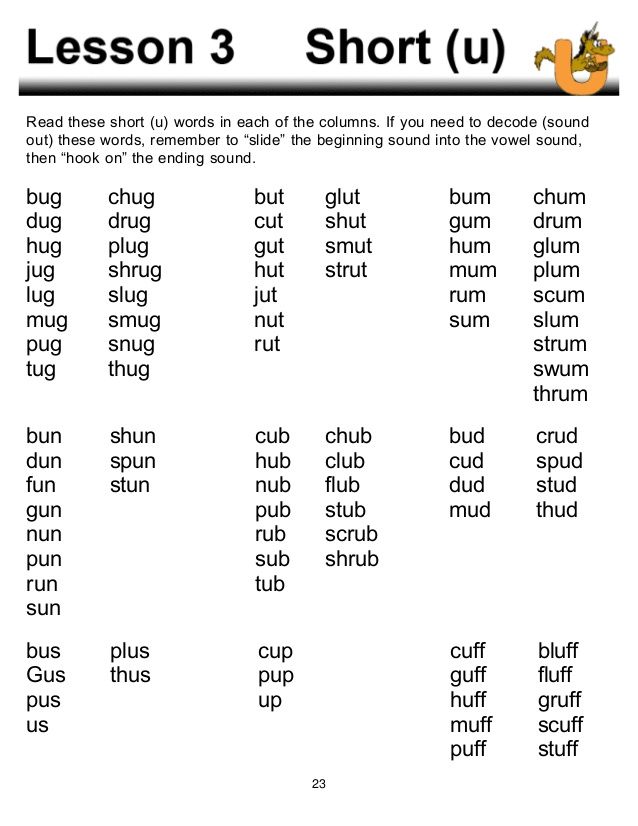 2000. S.37, 44, 215, 227, 231, 236].
2000. S.37, 44, 215, 227, 231, 236].
In the textbooks of Polyakova A.V. in Russian language (the system of developing education L.V. Zankova) parsing order is not suggested, although section Phonetics is presented from grades 1 to 4.
In the program according to the developing system L.V. Zankov in the basic requirements for knowledge, skills, skills for grade 1 it is written that students must be able to:
• perform phonetic analysis: identify sounds in words sequence sounds and letters in word, correlate the number of sounds and letters in words, divide words into syllables, define number of syllables and stressed syllable;
• differentiate between hard and soft consonants;
• write softness consonant sounds in letters and, e, e, yu, i and soft sign and distinguish between these ways of notation softness of consonants: on the one hand, letters, which denote sounds, on the other - soft a sign that does not indicate any sound;
• differentiate between voiced and unvoiced consonants [Collection of programs for four years of elementary school.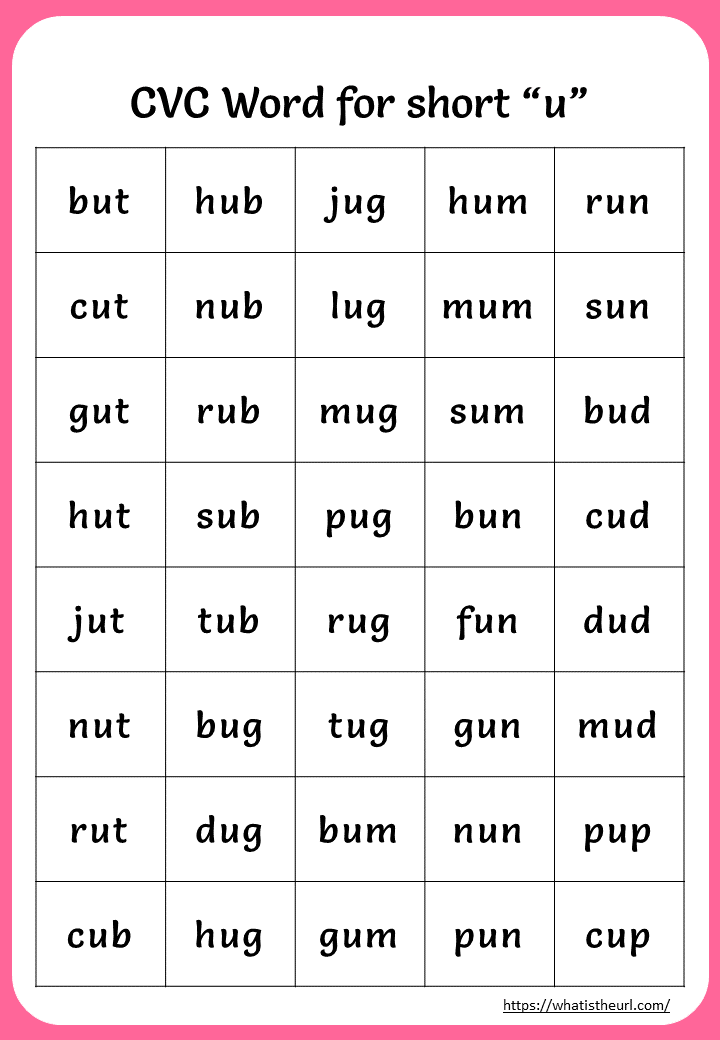 System L.V. Zankov.; 2005. P.49].
System L.V. Zankov.; 2005. P.49].
In line with current variable program in the Russian language in system of L.V. Zankov, phonetic knowledge is also are leading in the alphabetical period. It's quite fair, as they are at the heart of learning children the most important general educational skills - reading and letter.
In the first month of learning the ABC book [Andrianova T.M., Andrianova I.L., 2003] on the background of knowledge about speech, sentences, words are held observation of positional change of sounds. Students, comparing words, hear the difference in pronunciation vowels and consonants, make up two-color schemes (vowels are red, consonants are colorless).
Then also when matching words (small - crumpled, Masha - Misha) the difference is established in pronunciation of hard - soft consonants. It is concluded that for correct reading consonant must be seen which vowel follows it are formed tricolor patterns: (soft consonant - green, hard consonant - blue, vowel - red).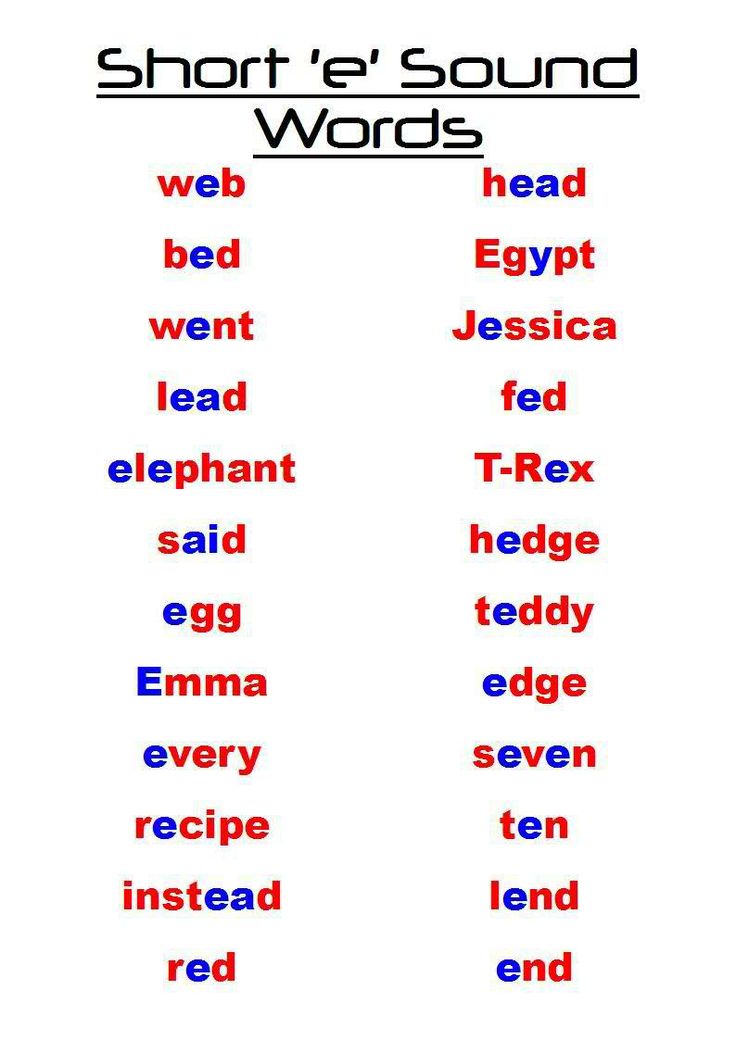
Next, the words are compared, revealing the phenomenon of deafness - sonority: dad - woman.
So, at the first stage of training reading according to the Zankov developmental program sound analysis prevails over the reading procedure.
During this period, students spend sound parsing of words, watch over sounds on short, simple in composition words.
In the system of developing education L.V. Zankov work on sound analysis is in progress mostly in the literal period, and then she is carried out over the sound and the letter in parallel. At 2, 3, 4 classes work on the actual sound analysis is not planned, but mostly ongoing sound-letter analysis of words.
School practice shows that proper sound analysis in the classroom insufficient time is given. Therefore, we program has been developed to the formation of the skills of the actual sound parsing words and consisting of blocks: 1 block - “Sounds”, block 2 - “Syllables”, block 3 - “Stress”.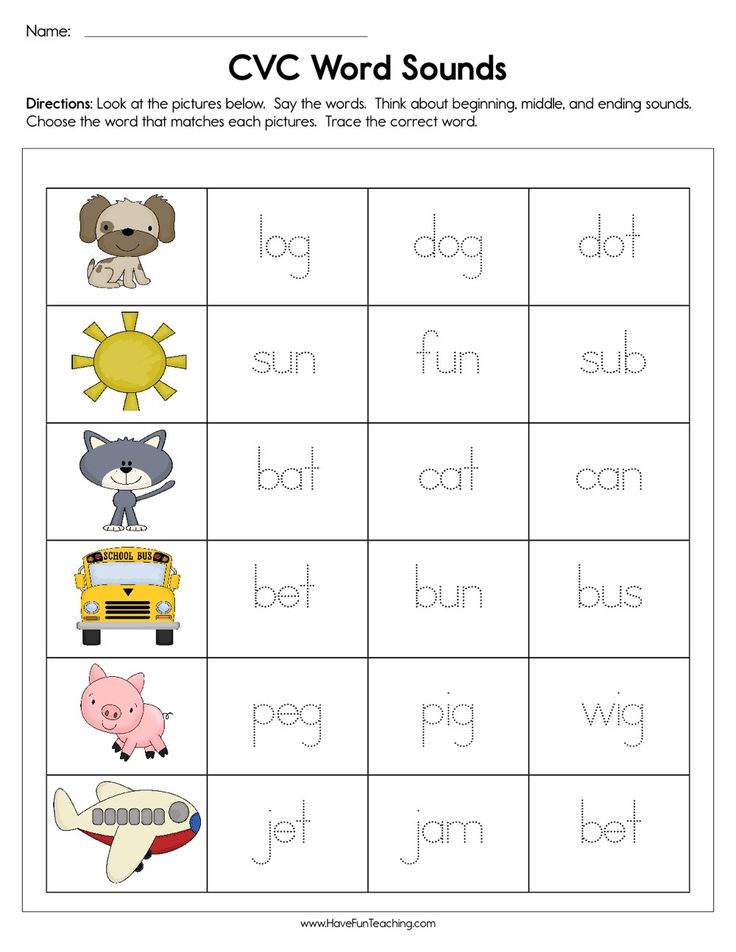
The work was systematic: began in the alphabetical period in the first grade and was continued in the second grade. Application didactic games as one of the most productive learning tools allowed, First, to teach children without coercion. Secondly, the game helped, along with the formation and development of phonemic perception, organize the educational activities of the child, enriched him with new information on phonetics, stimulated mental activity attention, speech development. Third, the game used in various ways (sometimes only a fragment of the game was used), while educational material was updated, included in it multilevel material.
In the first block, work was carried out on vowels and consonants.
Initial work (stage 1) carried out with the support of auxiliary means: graphic scheme of the word and chips (- vowel sound, - soft consonant sound, - a solid consonant sound).
As sounds are released, the child fills the chart with chips. The action that carried out by the student, was practical modeling action sequence of sounds in a word.
The action that carried out by the student, was practical modeling action sequence of sounds in a word.
At the 2nd stage actions were formed sound parsing in speech terms. It was called word, the first, second, third sounds were determined, their number was specified, given characteristics of sounds.
The second block - dividing the word into syllables - did not cause difficulties for students if the syllables were open. The skills of dividing words into syllables with non-syllable [й']. Observations were made syllabic division rules (good, y-do-bny).
In the third block of students formed the idea of verbal stress and its role in the Russian language. The children were learning find and highlight the stressed syllable in words.
Program objectives: development phonemic hearing of the child, the formation ability to consciously perform sound analysis of the word, the development of memory, attention, observation.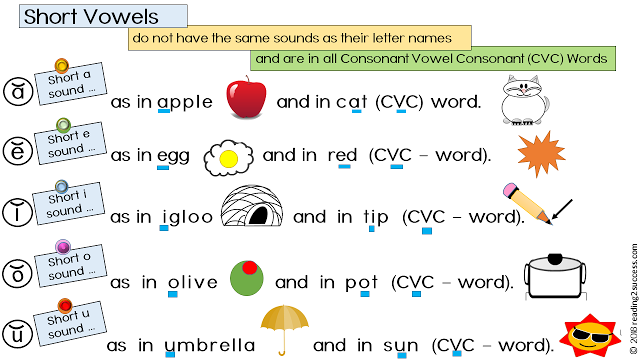
For performance tracking purposes experiment was carried out with this program. AT The experiment involved two classes (1 “A”, 1 “B” (control class), [2”A”, 2”B”]).
In 1 “A”, [2 “A”] grade from the first year training, systematic work was carried out on sound analysis according to the developed by us program. In 1 “B”, [2 “B”] training was conducted only within the curriculum.
The first diagnosis was made in March 2007 in 1 "A" and 1 "B" classes. For students it was proposed to conduct a sound analysis of words according to options.
1 option: saw, crucian carp, chair, raspberry.
2nd option: mushrooms, ball, fox, nature.
Words consisted of one, two, three syllables.
Task: Divide the given words into syllables, identify the stressed syllable, write down sound "shirt" of the word.
The following results were obtained (see table 1):
Table 1
Analysis of audio parsing elements words in 1 “A” and 1 “B” grades
| Grade | Vowels | Stressed vowels | Unstressed vowels | Hard consonants | Soft consonants | Syllables | accent |
| 1 “A” | 100% | 91. | 65.2% | 91.3% | 78.2% | 82.6% | 91.3% |
| 1 “B” | 72.2% | 66.6% | 72.2% | 83.3% | 44.4% | 83.3% | 52.2% |
Conclusions: The greatest difficulties are students 1”A” class tested when determining unstressed vowels in a word (65.2%), errors were allowed in the definition of soft consonants in the word (78.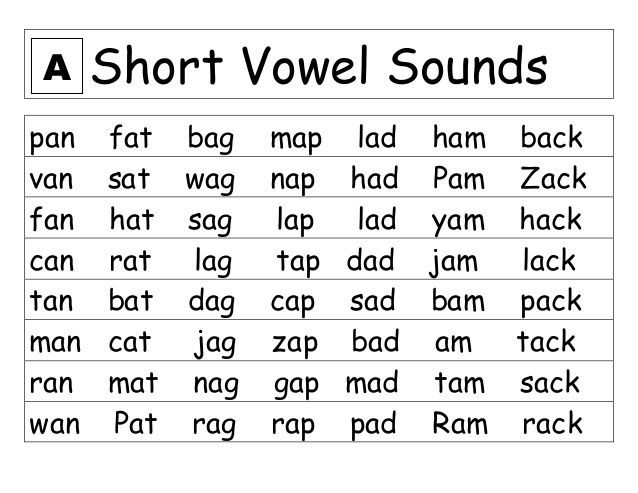 2%).
2%).
Students of class 1 “B” admitted the largest number of errors in determining soft consonants (44.4%), there were also many errors in stress setting (52.2%).
Grade 1 “A” students are better coped with tasks in determining vowels sounds in a word, stress in words, in finding soft consonants.
Students of the 1st “B” class showed better results in finding unstressed vowels, in dividing words into syllables.
Thus, in class 1 “A” 73.9% students completed the tasks without errors. 26% students completed the tasks with errors.
Only 27.7% of students in grade 1 “B” completed the tasks without errors. 72.2% of students made mistakes while doing this.
Our stating section in the first two classes showed that conscious students' speech analysis skills formed.
As a result of the research, we needed in identifying effective methodological techniques and developing a system of exercises in order to elimination of mistakes made by children.
After analyzing the methodological literature and summarizing the experience, we have developed a system of exercises on the research problem, in which were based on techniques and exercises, offered in textbooks and methodological manuals of developing systems D.B. Elkonina, L.V. Zankov, on which children are engaged, as well as exercises from the Maksimuk manual N.N., magazines "Primary School", own methodological findings with the aim of forming phonetic skills.
In class 2 “A” (experimental) we continued to focus on the formation of phonetic skills.
The work was organized more deeply and varied, the tasks gradually became more difficult, didactic games.
At the end of October 2007, a repeated diagnostics in 2 “A” and 2 “B” classes. The students were asked to conduct a sound analysis words by choice.
1 option: Paradise, hemp, fluffy.
Option 2: Yasha, letter, fragrant.
Words consisted of two or three syllables.
Task: listen to the word, write it down sound "shirt" of the word, divide the word into syllables, identify the stressed syllable, emphasize soft consonants with two strokes, hard consonants with one trait.
The following results were obtained: (See Table 2)
Table 2.
Analysis of audio analysis elements words in 2 "A" and 2 "B" classes
| Grade | Vowels | Stressed vowels | Unstressed vowels | Hard consonants | Soft consonants | Syllables | accent |
| 2 “A” | 95. | 95.4% | 86.3% | 81.8% | 86.3% | 100% | 95.4% |
| 2 “B” | 56.2% | 56.2% | 56.2% | 12.5% | 12.5% | 68.7% | 62.5% |
Terminals: in 2 “A” class (experimental) children had difficulty in definition of hard and soft consonants.
In class 2 “B” (control) also low performance in determining hard and soft consonants.
In class 2 “B” (control) also low performance in determining hard and soft consonants.
coped, failed
Fig.3. The quality of sound performance analysis of words in grades 2 “A” and 2 “B”
In grade 2 “A” 81.8% of students completed assignments without errors, and 18.2% of students made mistakes errors.
In class 2 “B” (control) only 12.5% of students completed the tasks without errors, 87.5% students completed the tasks with errors.
Audio parsing quality words in the second grade showed that students 2 “A” class (experimental) at 69.3% better did this job.
From the above, we concluded that that with the help of the methodological tricks and exercises, we were able to eliminate previous mistakes made by most students, children showed good results in sound parsing of words.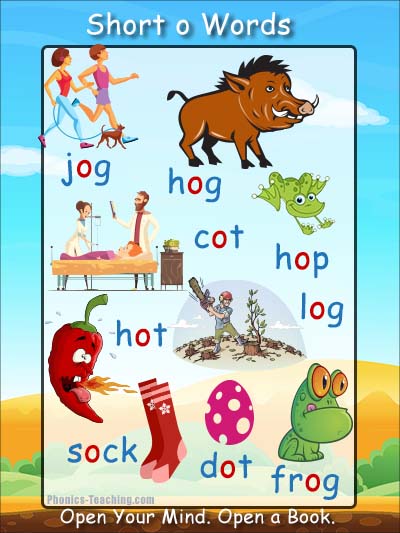

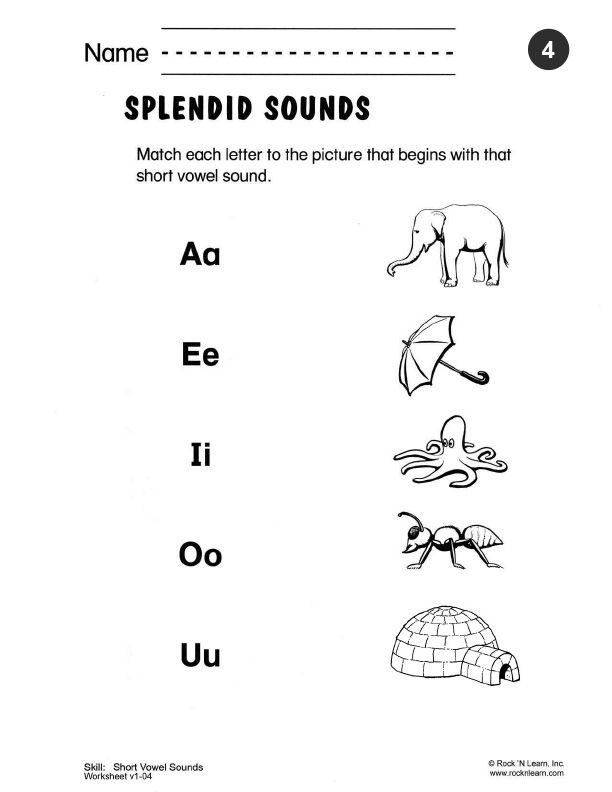 3%
3%  4%
4% 